Today, the use of technology such as mobile devices and touchscreens is pervasive, with the vast majority of Americans owning smartphones. Because of this, customers are starting to accept and embrace technology into their shopping routine.
As scan-as-you-shop technology gains popularity, we will see personal applications become the standard (as opposed to dedicated use devices), which will help to start the shopping trip at home with intelligent shopping lists, easy click-and-collect services, and event and context-based shopping that offers customers deals based on personal preferences. With more and more grocery retailers beginning to roll out these new e-commerce options, let’s take a closer look at why retailers should keep a close eye on scan-and-pay’s growth and benefits, and what they need to consider when implementing this technology in their stores.
Advantages of Scan-and-Pay
Despite popular belief, scan-as-you-shop technology is not primarily for labor savings. While most grocers mistakenly believe that this is the biggest advantage, I think the biggest advantages for grocers implementing this technology are increasing customer satisfaction and converting customers into loyal fans and brand ambassadors. Ultimately, moving employees away from manning registers allows retailers to reallocate their labor resources to more service-oriented roles that add greater value to the store experience.
Furthermore, grocers will have the ability to add the convenience factor so consumers can pre-order their grocery items and not have to wait in line. Mobile self-scanning and mobile consumer apps are the biggest weapon for traditional brick-and-mortar retailers who are fighting against online competitors. With scan-and-pay, customers can conveniently order anywhere and pick up items immediately (and not have to wait for delivery) while being able to add forgotten items by scanning in the store. This is a far better experience for customers than just ordering online.
Challenges to Overcome
As with any other emerging technology, there are kinks that need to be worked out in order to fully realize the benefits. Only once all components are mature enough can the experience be so much more efficient for the retailer and convenient for the customer that mainstream adoption becomes widely discussed and comes to fruition.
The first step in this process is that grocers must make sure that they have harmonized backend systems to avoid any significant pitfalls. The backend for those applications must be a service-oriented POS platform. Otherwise, there will be inconsistencies and reduced functionality. Prices and promotions (mix and match, etc.) must be consistently applied in real time – and displayed accurately to the customer. If prices and basket totals are not as expected, customers will lose faith in the system and abandon it.
Another pitfall grocers must consider is having poor performance and usability. Unreliable networks, slow response times and poor interfaces will actually turn a promising initiative into a negative customer emotion, steering customers away from the store.
Finally, grocers should avoid creating an island application or siloed applications. Instead, there needs to be one harmonized backend that operates under the same business logic to drive POS, Mobile Scanning, Self-Scanning and more. Separate backends will lead to inconsistencies, higher implementation costs and data replication issues. A unified backend allows grocers to start a transaction on any client and finish it on every other client. This should be one of the golden rules when implementing this technology because it opens up the possibility of unlimited use cases across each channel in an omni-channel platform.
Please feel free to leave a comment or reach out to me directly to discuss the landscape and future of scan-and-pay or how you can start to explore its potential impact on your business!

